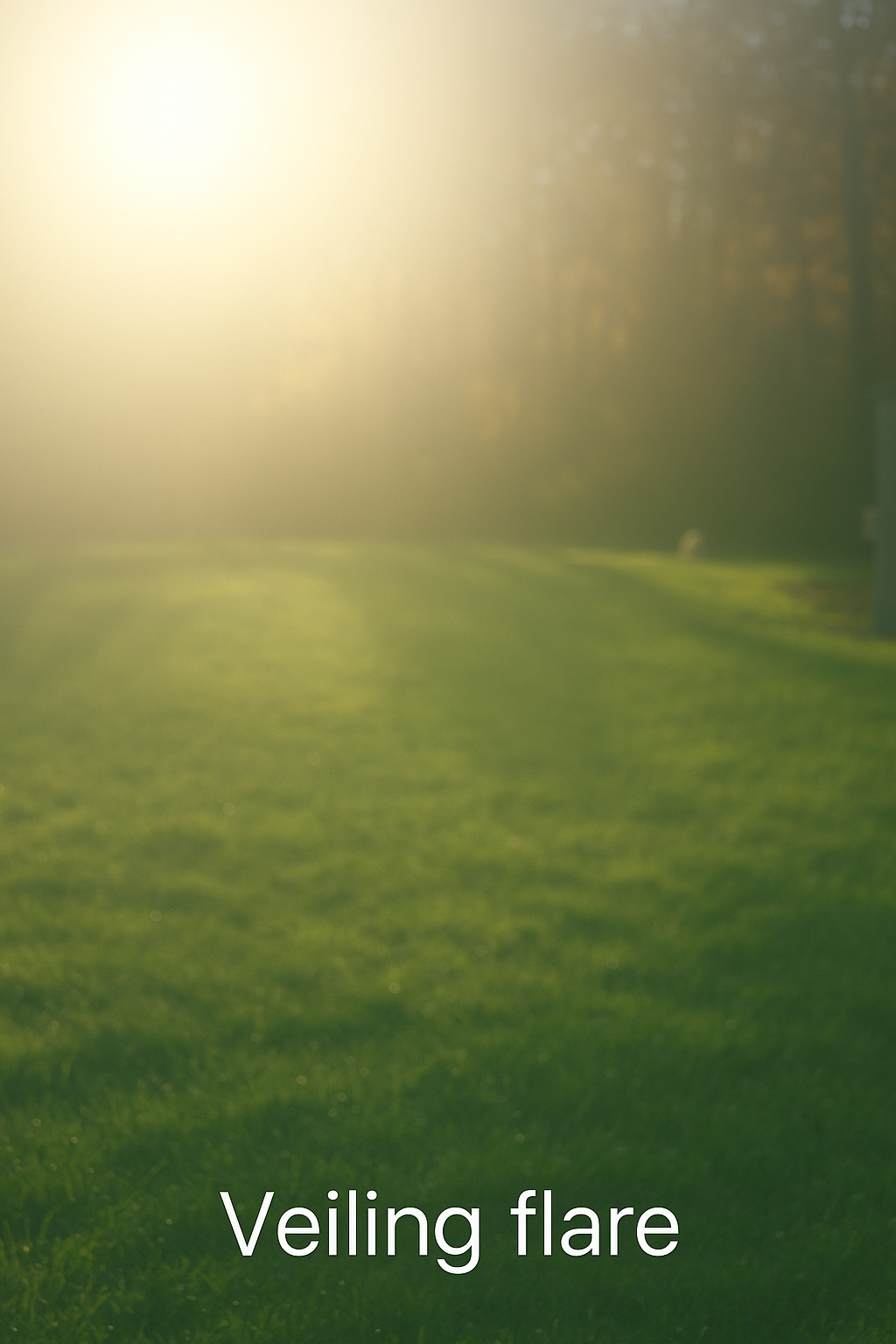
Lens flare can be a nuisance or a creative, depending on how you handle it. This tutorial explains what lens flare is, why it happens, the types you might see, and how to handle or use it creatively.
Lens flare occurs when a powerful light hits your camera lens head-on, scattering light all over the picture.
This effect can create visible artifacts such as light streaks, rings, or a washed-out look.
Lens flare is most likely to occur due to sunlight. It can blur your pictures and videos or alter the colours.



